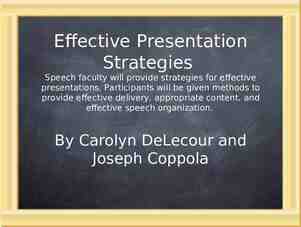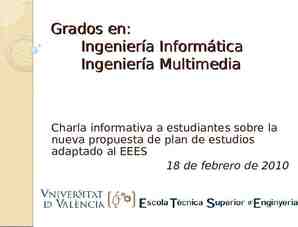MODEL ACADEMIC CURRICULUM MODULE 6 Situational Crime Prevention 1
26 Slides614.00 KB
MODEL ACADEMIC CURRICULUM MODULE 6 Situational Crime Prevention 1
Module 6 Topics Types of Crime Prevention Overview of Situational Crime Prevention (SCP) 25 Techniques of SCP POP and SCP 2
Crime Prevention Intervening in the causal chain to prevent crime from occurring at all 3
Types of Crime Prevention Primary prevention Effecting conditions of the physical and social environment that provide opportunities for or precipitate criminal acts. Secondary prevention Engages in early identification of potential offenders and seeks to intervene before the commission of illegal activity Tertiary prevention Dealing with actual offenders and intervention 4
Two ways to prevent crime 1. Change people’s criminal motivations 2. Reduce opportunities for crime 5
Situational crime prevention (SCP) 1. Primary crime prevention. 2. The art and science of reducing opportunities for crime 3. Based on new crime theories: – Rational choice – Routine activity 6
Focus of New Crime Theories Crime, not criminality Events, not dispositions Near, not distant causes of crime How crime occurs, not why it happens Situational and opportunity factors 7
5 Ways to Modify a Situation Increasing the effort the offender must make to carry out the crime. Increasing the risks the offender must face in completing the crime. Reducing the rewards or benefits the offender expects to obtain from the crime. Reducing or avoiding provocations that may tempt or incite offenders into criminal acts Removing excuses that offenders may use to “rationalize” or justify their actions. 8
9
Increase the Effort Harden Targets Control Access Screen Exits Deflect Offenders Control Tools/Weapons 10
Increase the Risks Extend guardianship Assist natural surveillance Reduce Anonymity Utilize place managers Strengthen formal surveillance 11
Reduce the Rewards Conceal targets Remove targets Identify property Disrupt markets Deny benefits 12
Reduce the Provocations Reduce frustrations and stress Avoid disputes Reduce emotional arousal Neutralize peer pressure Discourage imitation 13
Remove the Excuses Set Rules Post instructions Alert conscience Assist compliance Control drugs and alcohol 14
15
Online Exercise Complete the 25 Techniques Module at http://www.popcenter.org/25techniques.htm 16
POP and SCP - SIMILARITIES Both are preventive approaches; one is defined within policing while the other is not Both originated in the 1970’s, SCP in the UK and POP in the USA Both focus on highly specific problems Both use action research models 17
Action research POP SCP Scanning Analysis Response Assessment Data collection Analysis of problem Choice of solution Implementation Evaluation 18
POP vs. SCP - DIFFERENCES SCP POP Origins: Crime theory Origins: Police management theory Focus: Crime and disorder problems Focus: Police and community problems Implemented by an agency with a crime or disorder problem Implemented by police Well-evaluated Widely implemented 19
POP and SCP CONVERGENCE Scholars intermingling and sharing ideas Literatures converging The POP Center website contains much SCP material Many POP Guides make use of the 25 techniques 20
Importance of the 25 Techniques Help to systematize our knowledge Provides a stimulus for research The techniques may overlap - Increasing efforts can also increase risks Some preventive measures can serve more than one purpose Best used to help further thinking at the Response phase of the SARA process 21
Limitations Not all techniques are equally suitable for all types of crimes. For example: – Removing excuses may be most effective for dealing with “everyday” crimes – Reducing provocations may be most effective in closed environments 22
Exercise 1 Take a walk on campus (or throughout your city) and identify some places/areas that might benefit from situational crime prevention. Using the 25 techniques of SCP, write up a summary of recommendations for improving those areas and reducing the likelihood of criminal activity. 23
Exercise 2 Identify/devise some low-cost situational crime prevention methods that would make a college dormitory more secure. 24
Exercise 3 In an effort to maximize effectiveness, try to match each of the 25 techniques to a specific crime or disorder problem. Explain your rationale. 25
Online/Group Exercise Using the 25 Techniques, break into groups and develop two crime prevention techniques from each of the five categories (a total of 10) for one of the following crime problems: – – – – – – – – – – Drunk driving Assaults at high schools Robbery at grocery stores Graffiti Shoplifting Disorderly youth at the movie theatre Theft from vehicles in an apartment complex Street prostitution Street racing Prescription fraud 26







